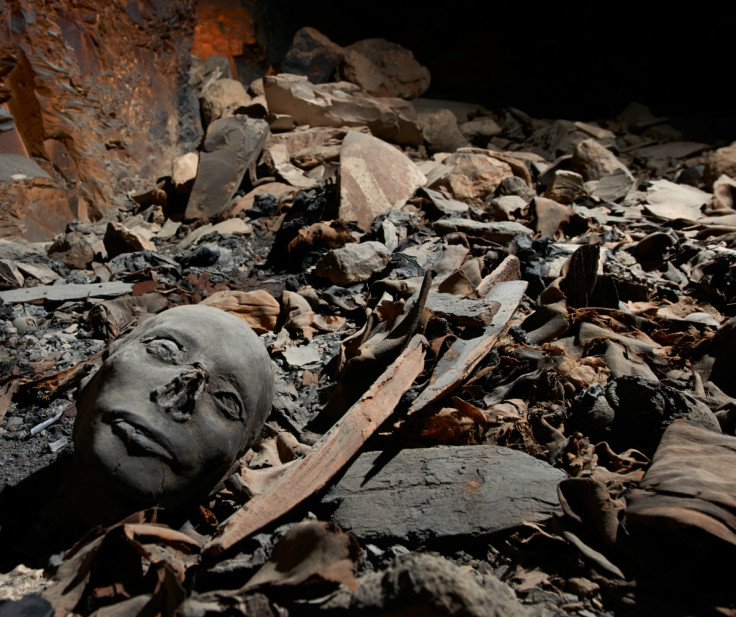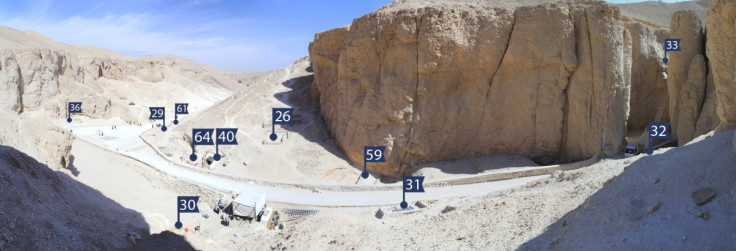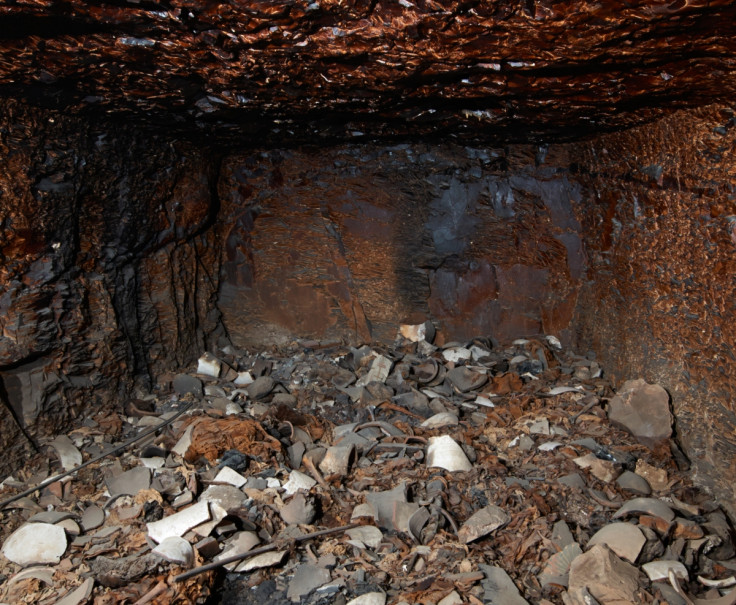Mummy Tombs Containing Royal Newborns Discovered in Egyptian Valley of the Kings

Mummy tombs containing the remains of several royal children, including newborn babies, have been discovered in the Valley of the Kings in Egypt.
Researchers from the University of Basel working on the Kings' Valley Project discovered the child mummies inside tomb KV 40 near the city of Luxor.
The children were found with other family members of two pharaohs, Thutmosis IV and Amenhotep III, who belonged to the 18<sup>th dynasty and ruled in the 14<sup>th century BCE.
Researchers have been working at the site for the last three years and the only indication of a tomb was a depression in the ground. Until now, the layout of tomb KV 40 and who it contained had remained a mystery.

Inside the five subterranean chambers, they found at least 50 people in the centre chamber and three side chambers.
The Egyptologists had believed it was a non-royal tomb but they soon found titles including "Prince" and "Princess", as well as the two pharaohs.
Hieroglyphic inscriptions showed the tomb contained at least four unidentified royal daughters, four princes and several foreign ladies. They also found several children: "We discovered a remarkable number of carefully mummified newborns and infants that would have normally been buried much simpler," said researcher Susanne Bickel.
"We believe that the family members of the royal court were buried in this tomb for a period of several decades.

"Roughly two thirds of the tombs in the Kings' Valley are non-royal. Because the tombs do not have inscriptions and have been heavily plundered we so far have only been able to speculate on who lies buried in them."
The authors also note that fragments from various coffins suggest the tomb was used as a burial site long after the valley was abandoned by the Ancient Egyptians, with 9th century BC remains from priestly families also discovered. The tombs were later raided several times, the authors wrote.
"The remains and the walls have been heavily affected by a fire that was most likely ignited by the torches of the tomb raiders," Bickel said.
© Copyright IBTimes 2024. All rights reserved.






